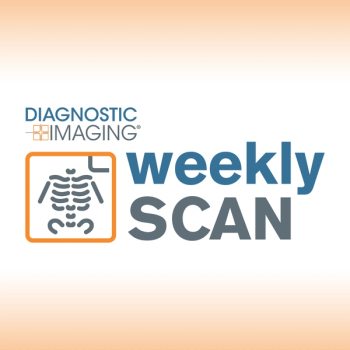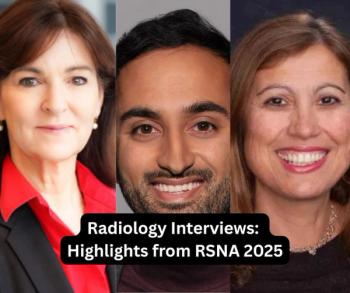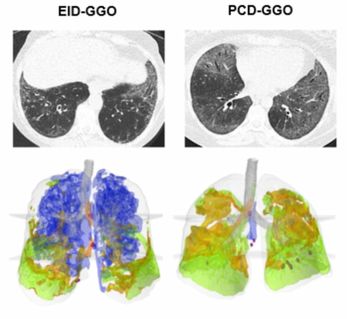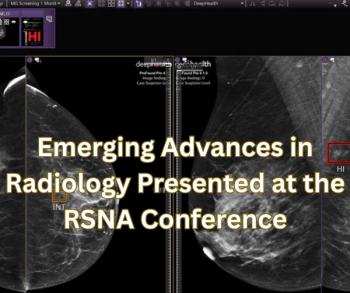
GE matches MR technology to developing clinical need
Progress in wide-bore technology precedes advances of Healthymagination initiative.
GE seeks to innovate in medical imaging, specifically MR, by thinking beyond traditional boundaries.
Earlier this year, the company introduced Optima MR450w to address some of the drawbacks of wide-bore scanners, notably image quality. The new 70-cm, 1.5T MR system both incorporates a wide bore and overcomes limitations of wide-bore scanners, which have traditionally been used for obese or claustrophobic patients. GE's new MR wide-bore system emphasizes two areas critical to MR innovation: productivity and image quality.
As radiologists, administrators, and technologists continue to demand productivity without compromise to image quality, our growth portfolio, which includes the new Optima MR450w, is positioned to offer capabilities that drive efficiency, improve usability, and reinforce growth.
Better design means fewer scans are needed. Both our research-oriented Discovery MR750 and clinically directed Optima MR450w are built on a fully redesigned platform. This platform enables users to cover more anatomy in fewer scans, thereby increasing productivity. We've also optimized the design for specific anatomies. For instance, with two-station spine imaging, the product is able to quickly acquire an entire spine with multiple contrasts. With a look toward condition-specific features, our device includes advanced capabilities for imaging breast, spine, and cardiovascular regions.
Our ability to improve efficiency without sacrificing diagnostic effectiveness is a continued differentiator. Designed for efficiency, the Optima MR450w computer platform is built on a parallel multiprocessor design that delivers the simultaneity and speed needed for advanced clinical operations. An automated, protocol-driven user interface is designed for consistency and to generate high-quality images in all instances. Productivity, efficiency, and streamlined data management are assured through simultaneous scanning, reconstruction, filming, archiving, networking, and postprocessing. This automation allows more predictable patient scheduling.
One of five patients will need a wider bore when seeking an MR exam, mainly those who are claustrophobic or obese. The Optima MR450w meets the challenges of a wide-bore technology, offering the same space as competing wide-bore magnets but with none of the compromises in field homogeneity, thereby maintaining high image quality.
Optima MR450w features a new 145-cm-long magnet for uniform tissue contrast in a patient-friendly space; an exclusive optical radiofrequency system that maximizes the MR signal for clean, crisp images; and anatomy-specific RF coils to provide external coverage, where needed, for excellent image quality in virtually every procedure. The system includes industry-leading breast imaging capabilities. The product can accommodate more patients with fewer scans and less coaxing for high patient satisfaction and increased throughput.
Looking ahead, GE Healthcare's MR division will carry on innovating beyond traditional boundaries. With GE's new Healthymagination initiative, we'll continue to develop new capabilities focused on reducing cost, increasing access, and improving the quality of care delivery. As early as the 2009 RSNA meeting, we'll begin to unveil new breakthroughs and targeted low-cost technologies to advance the healthcare system.
Newsletter
Stay at the forefront of radiology with the Diagnostic Imaging newsletter, delivering the latest news, clinical insights, and imaging advancements for today’s radiologists.




























